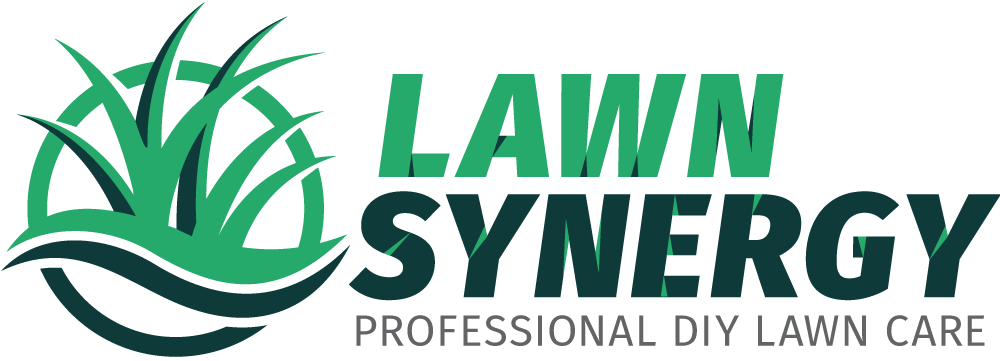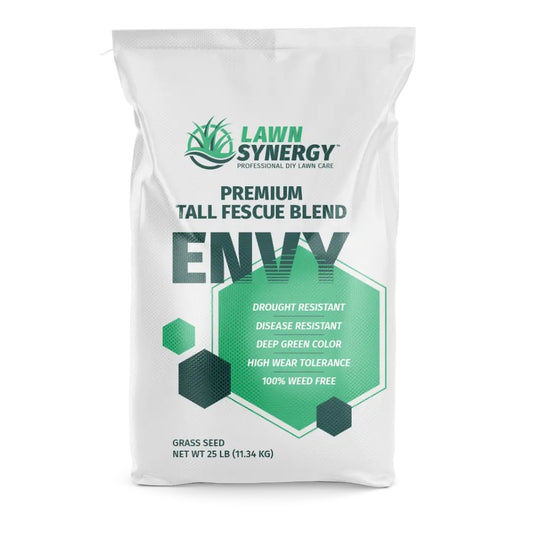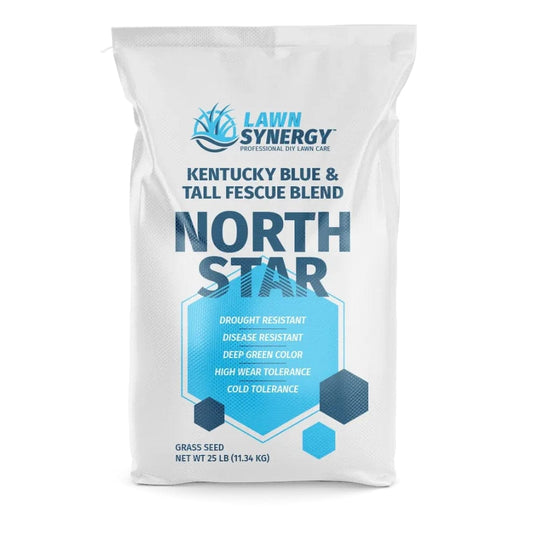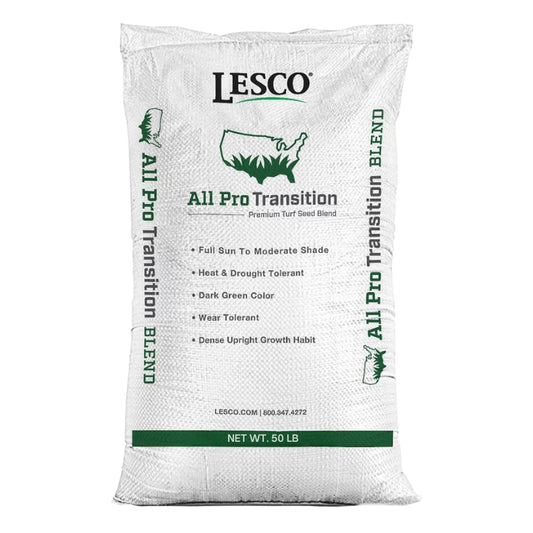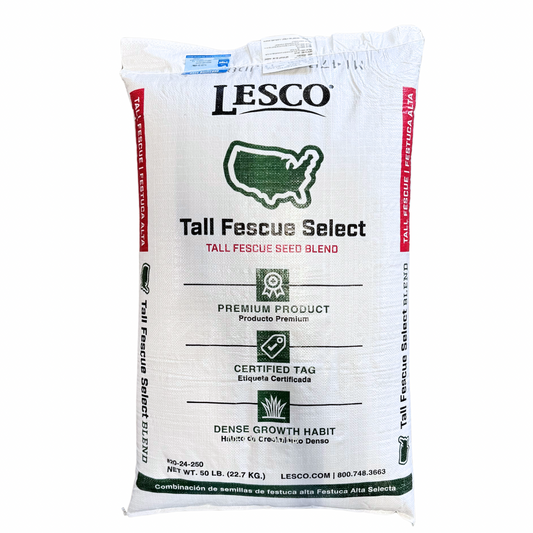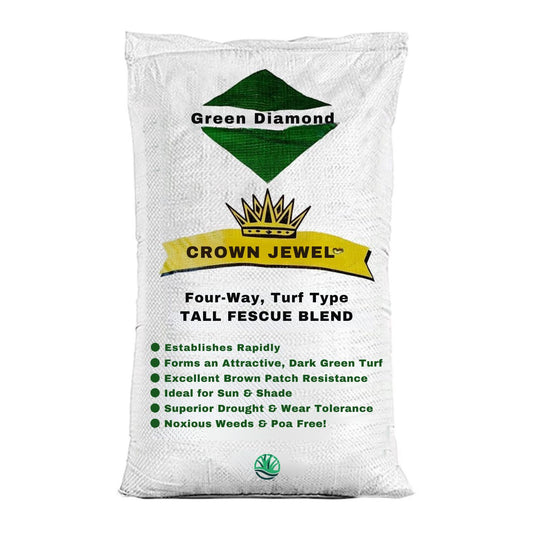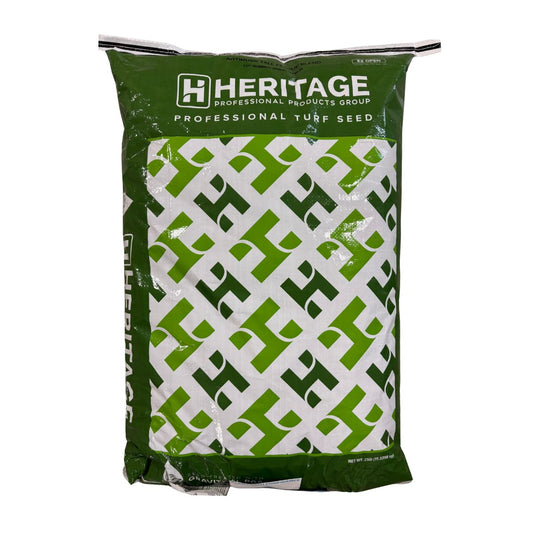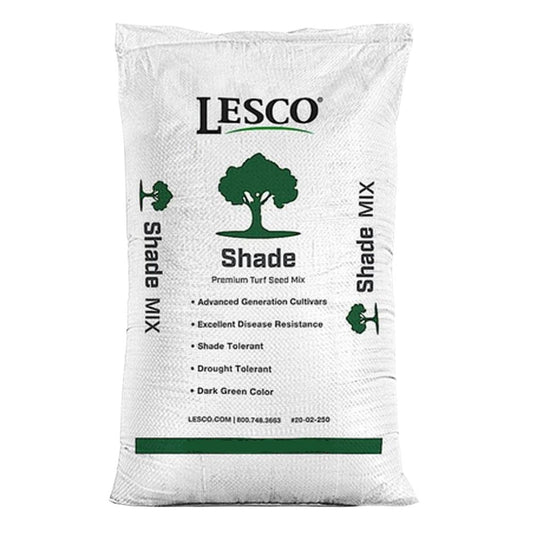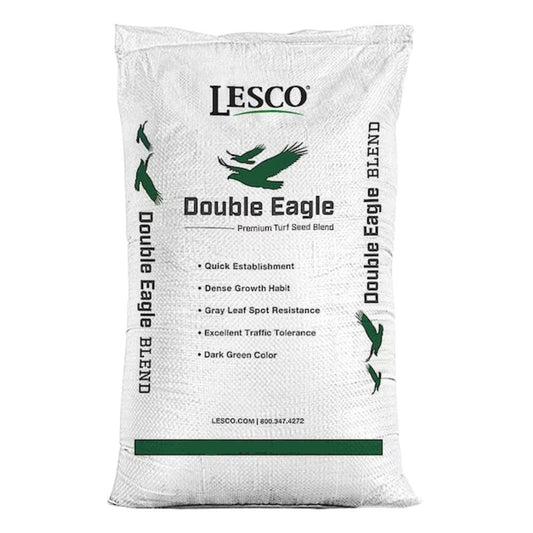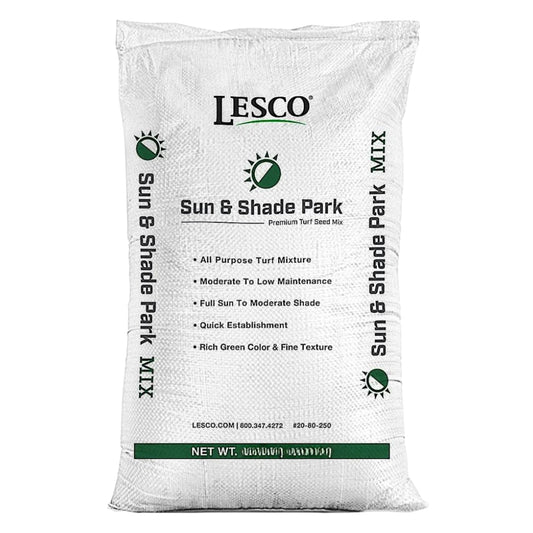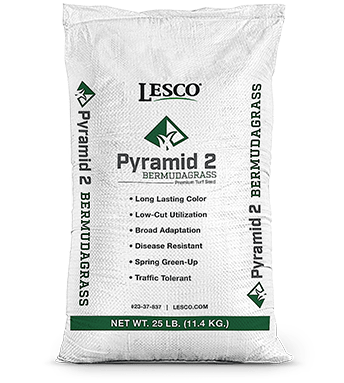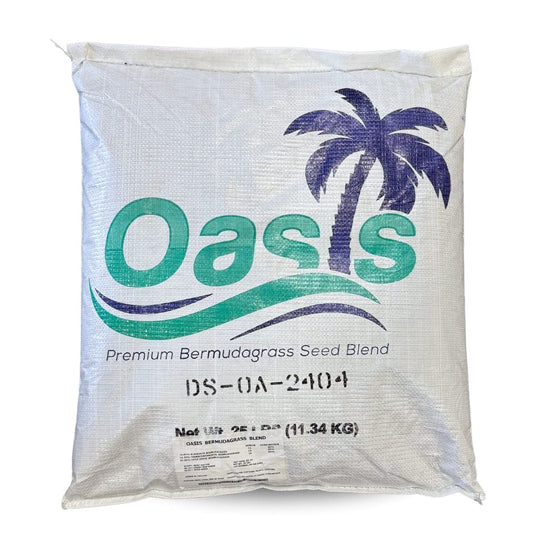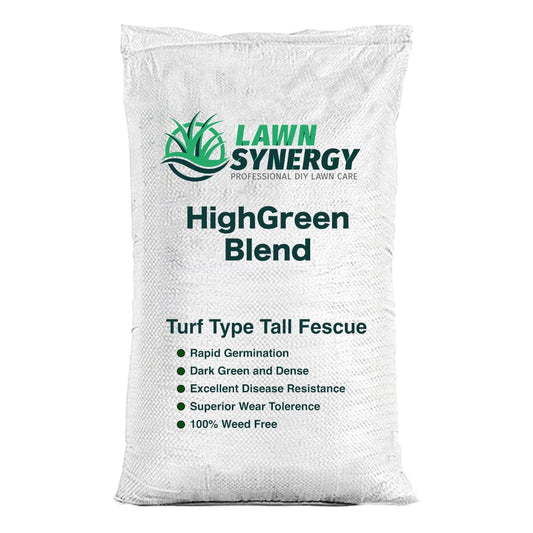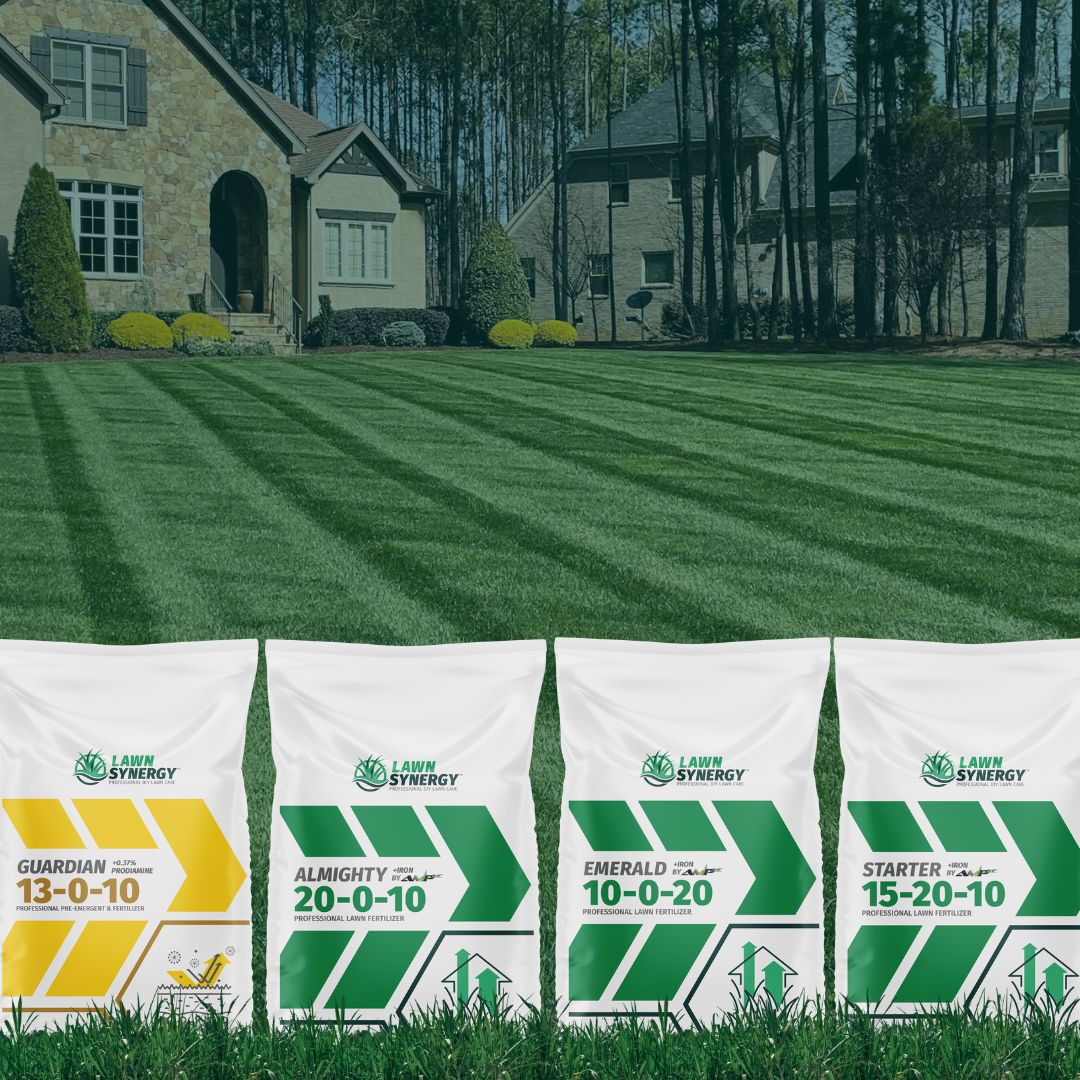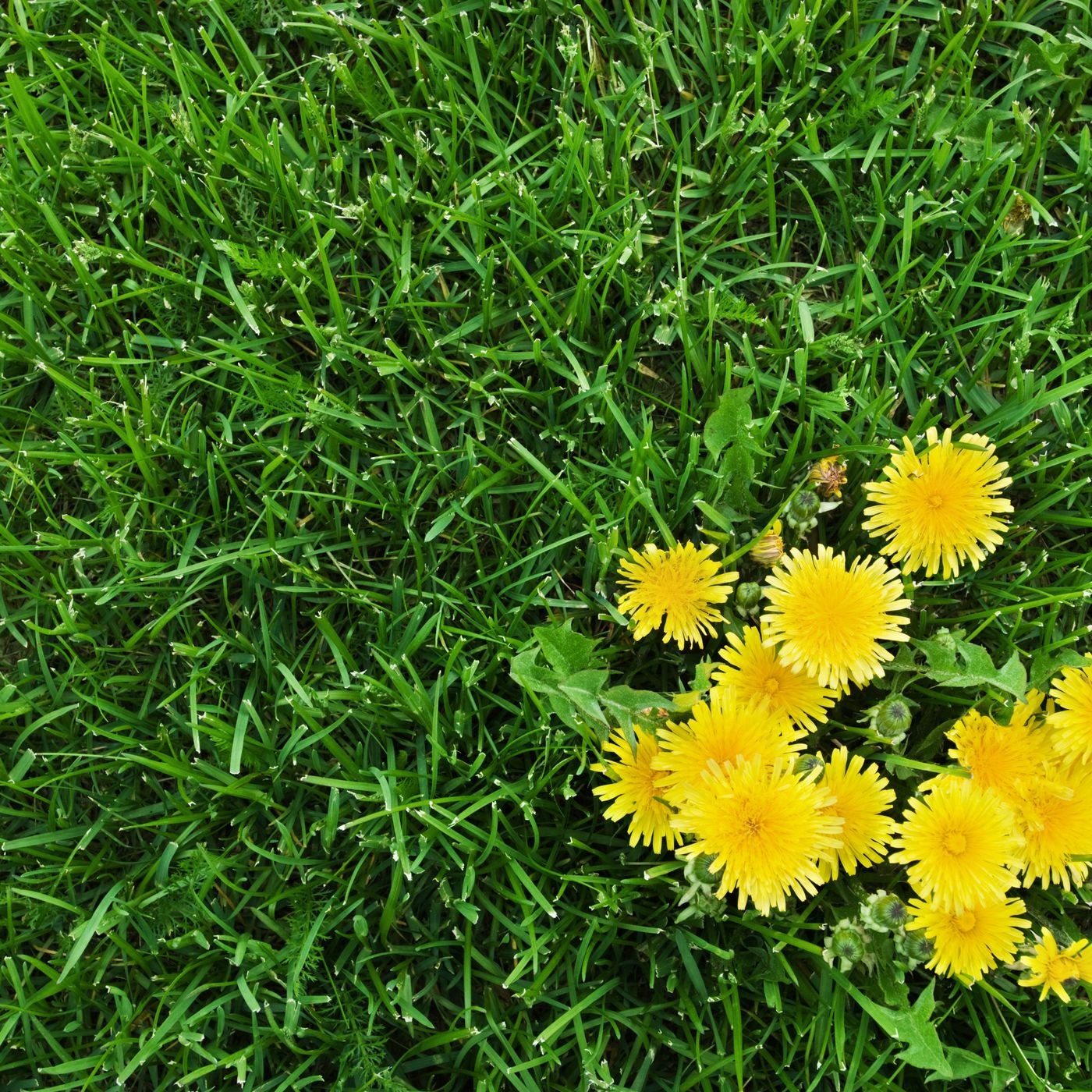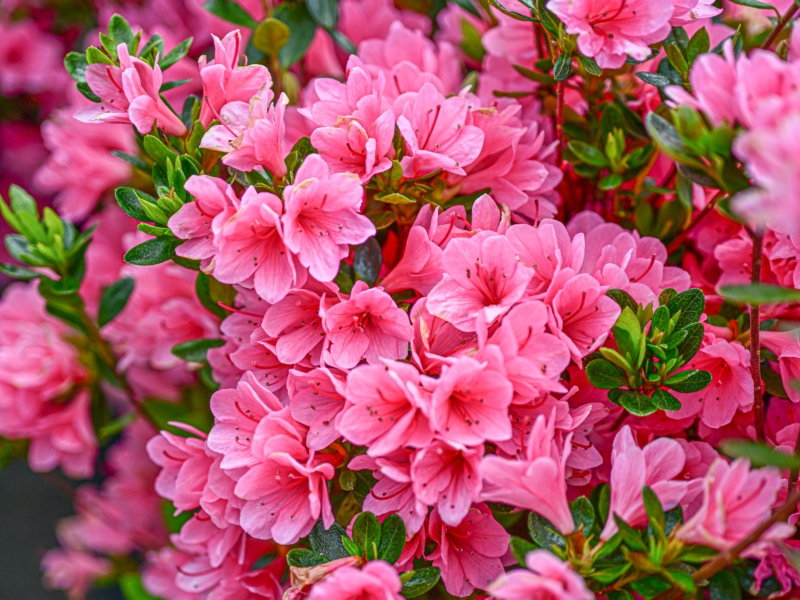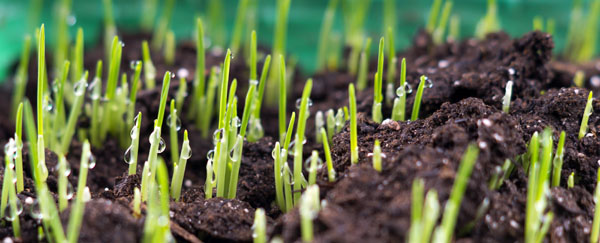Grass Seed
-
Envy Premium Tall Fescue Grass Seed Blend
Regular price From $54.99Regular priceUnit price per -
North Star Grass Seed | Premium Kentucky Bluegrass & Tall Fescue Blend
Regular price From $56.68Regular priceUnit price per -
Shade Pro Grass Seed
Regular price From $56.99Regular priceUnit price per -
Velocity Perennial Rye Grass Seed
Regular price From $49.99Regular priceUnit price per -
 Sold out
Sold outSouthern Charm Bermuda Grass Seed
Regular price $99.00Regular priceUnit price per -
Lesco All Pro Transition Tall Fescue Grass Seed
Regular price From $54.99Regular priceUnit price per -
Lesco Tall Fescue Select Blend Grass Seed
Regular price $169.99Regular priceUnit price per -
Crown Jewel Elite Tall Fescue Grass Seed - 50 lbs.
Regular price $189.99Regular priceUnit price per -
Artimuss Tall Fescue Grass Seed
Regular price From $89.82Regular priceUnit price per -
Titan RX Sun and Shade Turf-Type Tall Fescue Grass Seed
Regular price From $34.99Regular priceUnit price per -
Lesco Shade Grass Seed
Regular price From $54.99Regular priceUnit price per -
Lesco Double Eagle Rye Grass Seed
Regular price From $54.99Regular priceUnit price per -
Lesco Sun & Shade Park Grass Seed
Regular price From $54.99Regular priceUnit price per -
 Sold out
Sold outLESCO Estate Eagle Plus Grass Seed
Regular price $54.00Regular priceUnit price per$0.00Sale price $54.00Sold out -
LESCO Pyramid 2 Bermuda Grass Seed (Coated) 25 lb.
Regular price $257.99Regular priceUnit price per -
Bermuda Grass Seed - Improved 3-way Blend
Regular price $189.99Regular priceUnit price per -
Highgreen Turf Type Tall Fescue Seed
Regular price $159.99Regular priceUnit price per
Compare Grass Seed Blends
Quickly compare our seed varieties to choose the best match for your lawn.
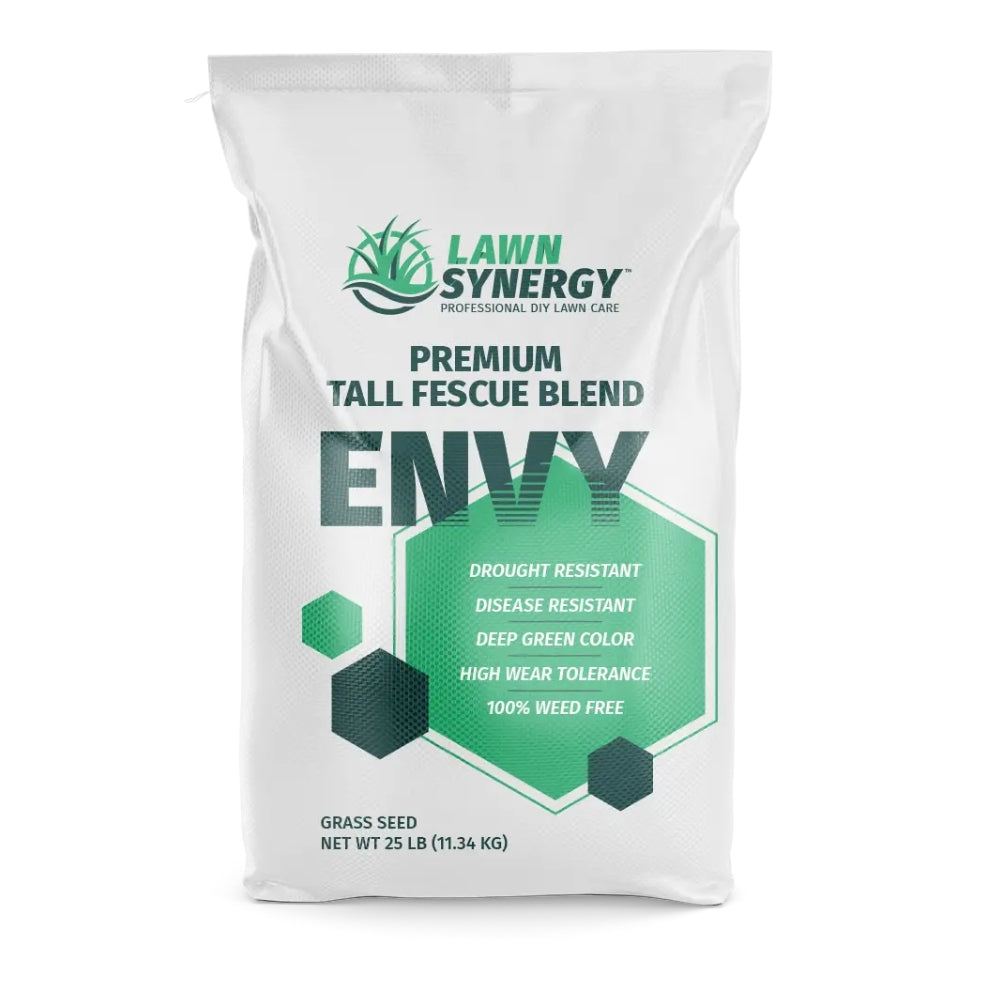 Envy Envy |
 North Star North Star |
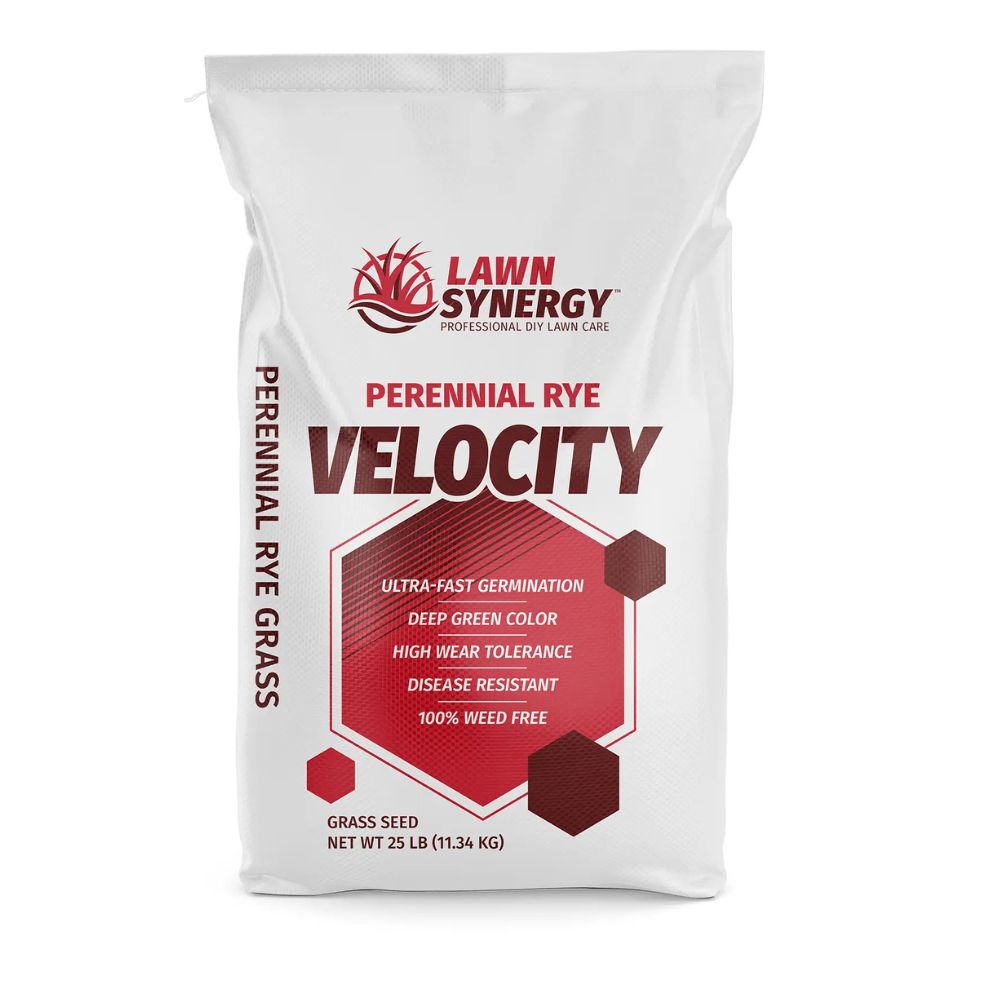 Velocity Velocity |
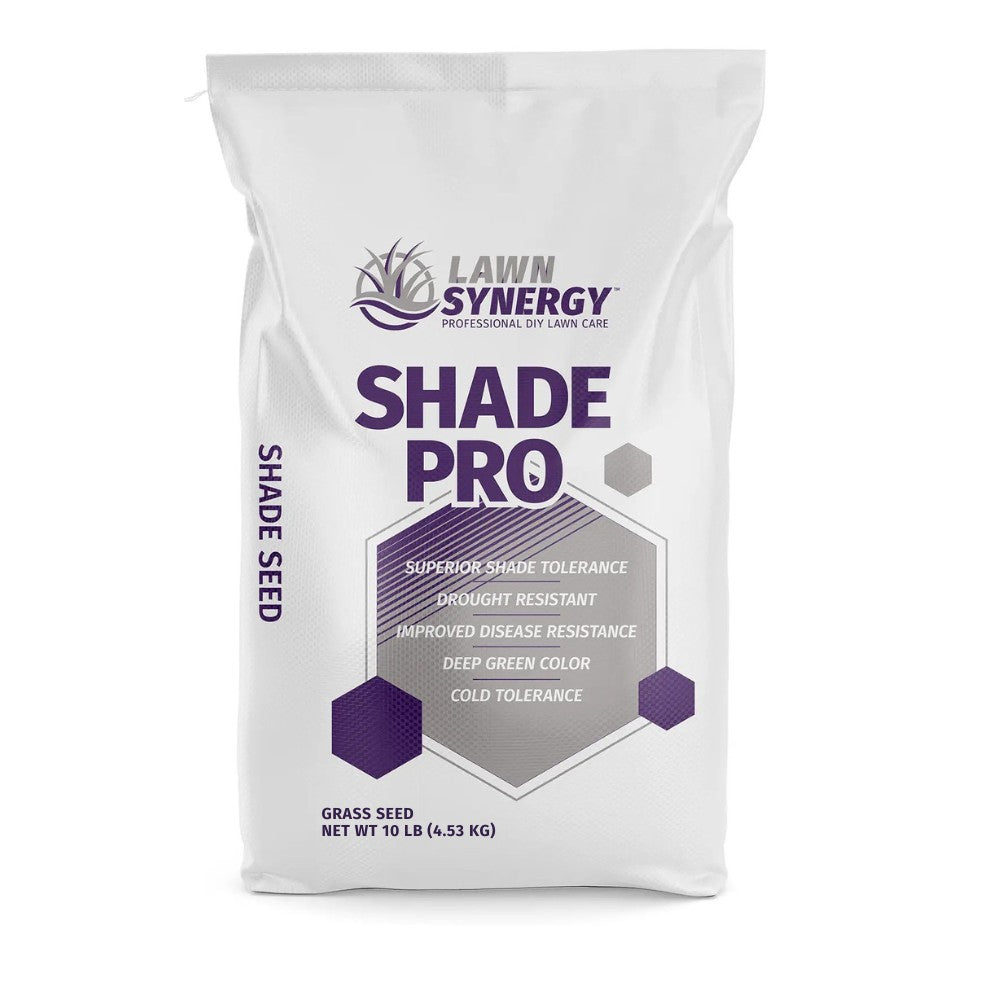 Shade Pro Shade Pro |
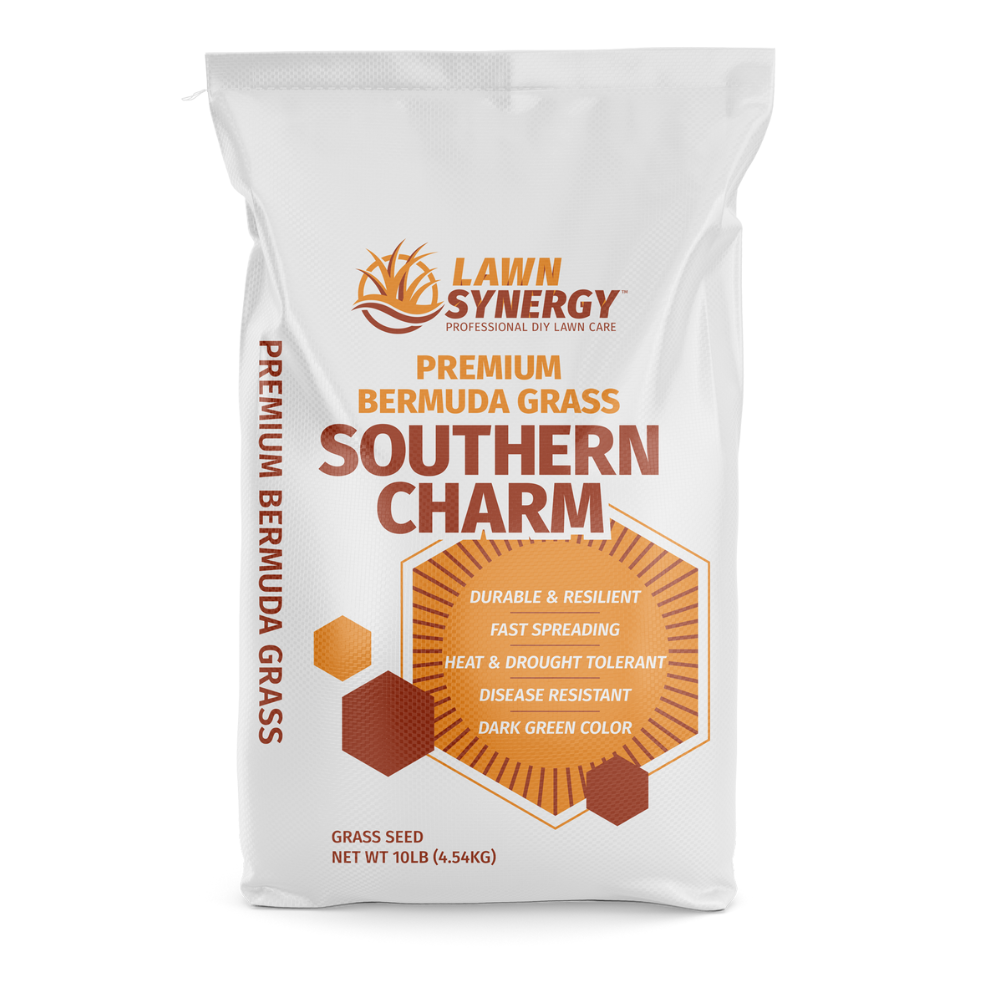 Southern Charm Southern Charm |
|
|---|---|---|---|---|---|
| Lawn Type | 100% Tall Fescue | 90% Tall Fescue, 10% Kentucky Bluegrass | Perennial Ryegrass | Creeping Red, Chewings, Hard Fescue, Perennial Rye | Bermudagrass |
| Best For | Durable cool-season lawns | Darkest color, premium cool-season turf | Overseeding warm-season lawns in fall or northern cool lawns | Lawns with moderate to heavy shade | Warm climates with full sun |
| Climate | Cool-season | Cool-season | Cool-season / overseeding warm-season | Cool-season, shaded areas | Warm-season |
| Sunlight | Sun to light shade | Sun to light shade | Full sun | Shade tolerant | Full sun |
| Germination | Moderate speed | Moderate speed | Fastest | Moderate | Moderate |
| Maintenance | Medium | Medium-high | Medium | Medium | Medium |
| Traffic | High | High | Medium-high | Medium | High |
| Color | Dark green | Deepest green | Bright green | Soft, lush green | Warm-season green |
Discover the Best Deal on Grass Seed for a Lush, Green Lawn
Here at Lawn Synergy, we have found and have plenty of experience with sourcing the best weed free grass seed available today.
Why Choose Our Premium Grass Seed?
Tony & Peter have spent many years perfecting their very own seed blends. Envy & North Star have proven to provide the very best turf grass varieties on the market today.
Unmatched Quality and Germination Rate
Our grass seed stands out in the market, offering an unmatched blend of quality and germination success. Sourced from the finest growers, each batch is meticulously tested to ensure the highest growth rates. This means you get a lush, green lawn faster and more reliably.
The Ideal Choice for Every Lawn
It's important to look for a grass seed that is weed-free and without fillers.
Versatile and Durable Lawn Grass Seed
Whether you're looking to reseed a patchy yard or start a new lawn, our grass seeds are the perfect solution. Our blend is versatile, thriving in various climates and soil types. From sunny backyards to shaded areas, our lawn grass seed ensures consistent and robust growth.
Perfect for DIY and Professional Use
Our seeds for grass are ideal for both DIY home gardeners and professional landscapers. With easy-to-follow instructions, even beginners can achieve professional-grade results. Plus, our best deal on grass seed means you get premium quality without breaking the bank.
Exceptional Value
We have created the most efficient packaging and shipping so that you receive quality professional grass seed at the best price.
Grass Seed Deals You Can't Miss
Experience the best value with our yard grass seed. We offer competitive pricing without compromising on quality, ensuring you get the best deal on grass seed. Our packages cater to lawns of all sizes, from small patches to expansive yards.
How to Get the Best Results
Just follow our grass seed planting directions.
Tips for Planting and Care
To maximize the potential of your seed for lawn, follow these simple steps:
- Prepare the soil by removing debris and loosening it.
- Spread the lawn grass seeds evenly.
- Ensure the soil stays moist during the germination period.
- Mow the lawn only when the grass reaches sufficient height.
Reliable Customer Support
Have questions about our grass sees or need advice on lawn care? Our expert team is here to help you every step of the way, ensuring your lawn thrives.
